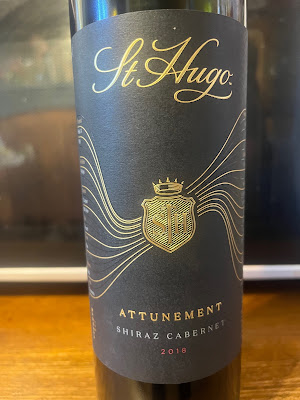The Tourism Authority of Thailand has confirmed that Songkran celebrations nationwide will proceed as planned, assuring tourists that travel, transport, and hotels remain unaffected by last week's fatal quake.
TAT announced over the weekend that plans to hold grand Songkran (water festival) celebrations across the country would proceed as scheduled.
TAT said that after assessing the situation following Friday’s earthquake, it found that conditions in Bangkok and other parts of the country had returned to normal.
It noted that Don Mueang International Airport and Suvarnabhumi International Airport in Bangkok continued to operate as usual, with airlines providing normal services.
Additionally, public transportation - particularly the electric railway services operated by BTSC and MRT - remained fully functional. Hotels and entertainment venues in key tourist destinations were also unaffected.
TAT reported that tourists had not cancelled their bookings, and tour group operators had not withdrawn reservations either, newspaper The Nation reported.
It also confirmed that highways across the country remained undamaged and fully accessible for travel.
To ensure tourist safety, the TAT stated that it would seek cooperation from the Engineering Institute of Thailand and the Public Works Department to inspect high-rise hotels.
The authority reassured the public that planned grand Songkran celebrations in Bangkok, Chiang Mai, and other locations would not be impacted.
The Maha Songkran World Water Festival 2025 is a nationwide celebration of Thai New Year taking place from early to mid-April across every region of the country.
More than 100 events will take place across Bangkok, where at least 18 people died as a result of the quake, and throughout the country.
Each Thai location has its own blend of tradition and celebration - from rituals and temple fairs to music festivals and lively water fights - which can be very annoying as young locals arm themselves with giant water guns.
Festival Highlights Include:
Maha Songkran World Water Festival, Sanam Luang and Ratchadamnoen Klang, Bangkok (April 11-15)
Songkran Music Festival, Rajamangala Stadium, Bangkok (April 12-14)
Chiang Mai Songkran traditions (April 7-16))
Grand Isan Songkran Festival, Khon Kaen (April 8-15)
Coastal celebrations in Phuket, Songkhla, and Surat Thani
Cultural parades in Phrae, Lamphun, and Ubon Ratchathani
Songkran Music Festival, Rajamangala Stadium, Bangkok (April 12-14)
Chiang Mai Songkran traditions (April 7-16))
Grand Isan Songkran Festival, Khon Kaen (April 8-15)
Coastal celebrations in Phuket, Songkhla, and Surat Thani
Cultural parades in Phrae, Lamphun, and Ubon Ratchathani








